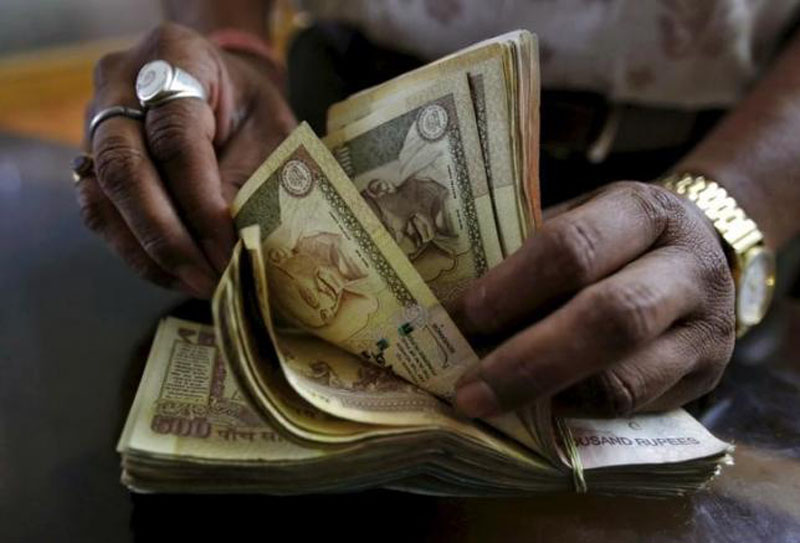Banks seek clarity in INR borrowing
Kathmandu, July 19
The provision introduced through the Monetary Policy 2018-19, which has allowed domestic banks to borrow in Indian currency from Indian banks to lend in the productive sector and infrastructure projects, hold little water as the Reserve Bank of India (RBI)'s rule allows external lending only for the settlement of payment within India.
Bankers have said that if the borrowed amount is required to be utilised within India, the provision will not address the objective of opening borrowing facility from India, that is, to ease the credit crunch in the country.
The only solution, according to bankers, would be for Nepal Rastra Bank (NRB) to negotiate with the Indian central bank to permit the borrowed Indian currency to be utilised in Nepal's productive sector. The new provision on foreign borrowing in Indian currency requires that banks have to extend the credit only for hydel projects, to lay transmission lines, and construct roads, tunnels, airports, cable car projects, bridges and other physical infrastructure, tourism, agriculture and for the purpose of issuing micro credit.
Moreover, bankers have been saying that they will borrow from foreign financial institutions, including India, only if the central bank considers the borrowed amount as deposit for the purpose of calculating the credit to core capital plus deposit (CCD) ratio. Though the central bank has yet to come up with the directives on borrowing from foreign financial institutions, the Monetary Policy has not clearly mentioned about CCD calculation on foreign borrowing.
NRB officials said that the central bank has already started examining the RBI's rules on external lending and related procedures. “As per the preliminary study of RBI's rules based on the report of SS Tarapore's committee on capital account convertibility, we do not see any hassles in borrowing from India,” said Nara Bahadur Thapa, executive director of NRB. “The central bank will develop the related directives only after receiving the final report from the study panel based on the correspondence with RBI.”
Indian joint venture banks are also unclear about RBI's rules for licensed banks to lend in Indian currency to foreign banks.
Someshwar Seth, chief executive officer of Everest Bank - a joint venture of Punjab National Bank - declined to comment on this issue.
However, Nepali banks have argued that the borrowed amount from the Indian banks could be transferred to NRB's bank account in India and it could provide the funds to the respective banks that have borrowed the money.
Banks maintain current account in the central bank to maintain the cash reserve as per the regulatory requirement. “The central bank should debit the Nepali rupee that is transferred to the central bank account in India after borrowing from Indian banks to facilitate lending if there is no hassle due to RBI's rule for Indian banks to provide loans to us,” one prominent banker told The Himalayan Times on condition of anonymity.
The Monetary Policy has allowed banks to borrow in Indian currency and convertible foreign currencies up to 25 per cent of their core capital.






